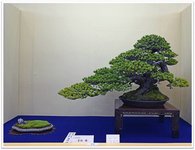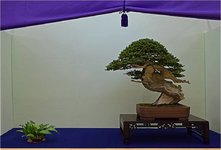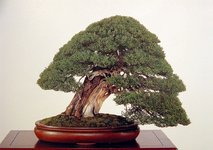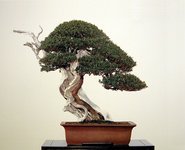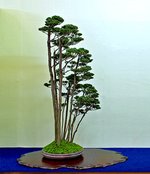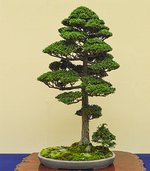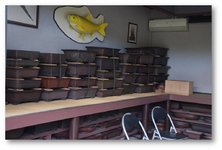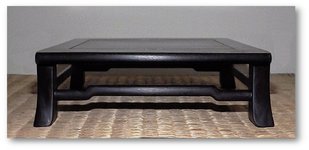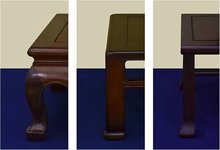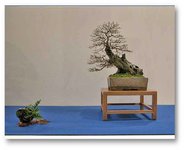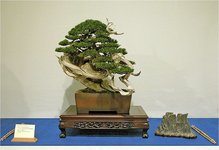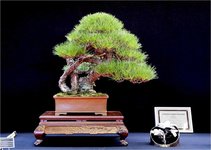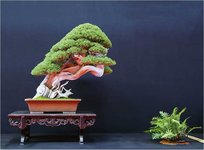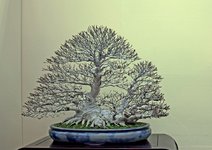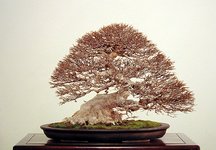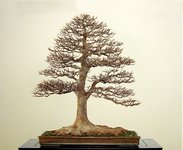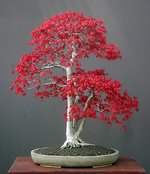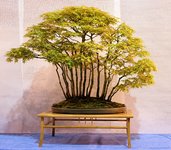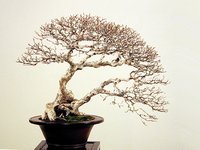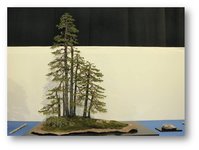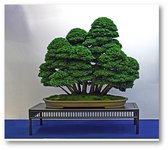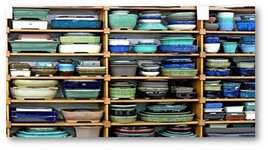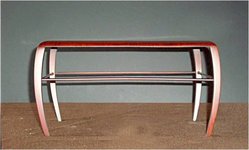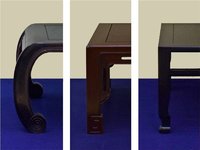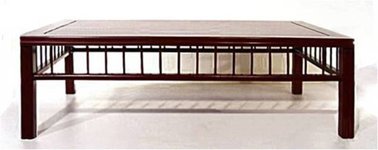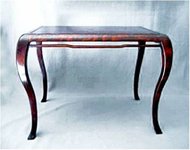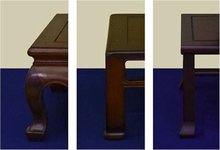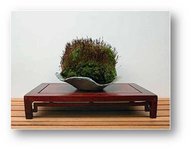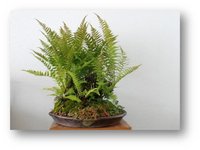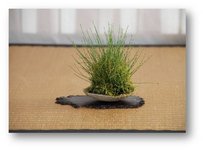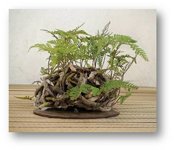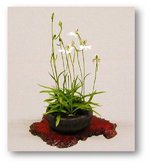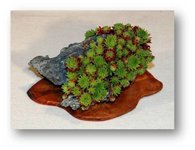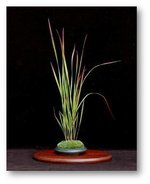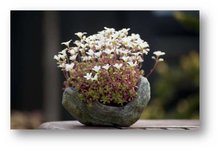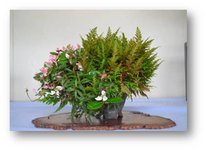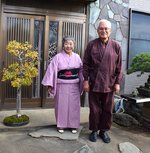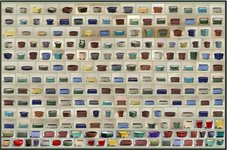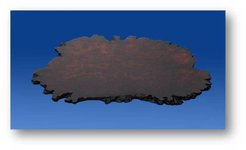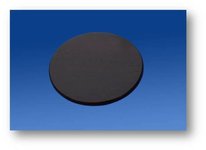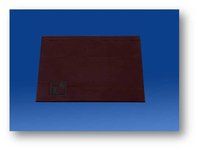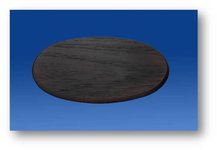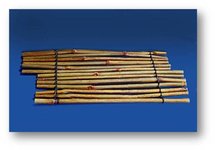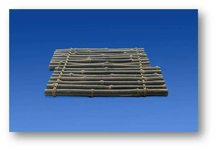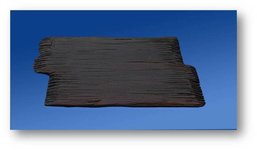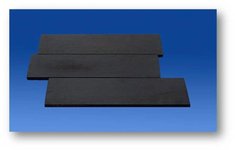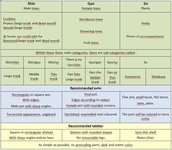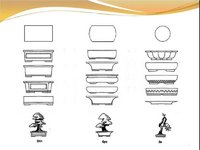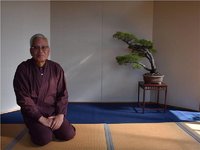Hello to all of you,
I open a post to share with you what I learned.
It is the traditional bonsai as it was done in the past that Mr. Andô taught me.
Don't get me wrong, I am not going to tell you that this is the way you should do it.
It is certainly not the only way to see things, it is just what I have learned, you take, it is very good, you do not take and it is very good too. So I have nothing to defend,
I'll start by telling you about the Shin Gyo, So.
This subject may not teach you much if you have been practicing bonsai for a long time.
The Shin, Gyo, So, comes from writing
It comes from calligraphy, from the way of writing or Shodo.
The picture shows you 3 times the same words written in Shin, Gyo or So.
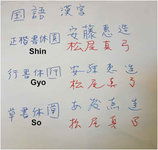
Shin: Very square, "easy" to read... for Japanese people of course.

Shin = formal, knowledge, elaborate, regular. This script is used for administrative papers.
Gyo: A bit more distorted, written more quickly.
Gyo = informal, technical, partially simplified, semi-cursive.
So: A minimum of strokes.
So = free, sensitive, very simplified, cursive.
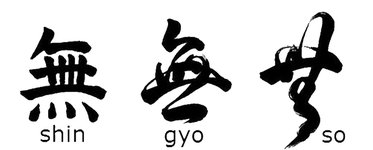
We can see it on these pictures, we go from one extreme, the Shin, to the other, the So.
For the trees, it is the same thing, the Shin, Gyo or So only classifies things logically.
It is a classification, or rather, categories taken from a classification.
It classifies things logically in a way that helps us in the Toriawase.
I open a post to share with you what I learned.
It is the traditional bonsai as it was done in the past that Mr. Andô taught me.
Don't get me wrong, I am not going to tell you that this is the way you should do it.
It is certainly not the only way to see things, it is just what I have learned, you take, it is very good, you do not take and it is very good too. So I have nothing to defend,
I'll start by telling you about the Shin Gyo, So.
This subject may not teach you much if you have been practicing bonsai for a long time.
The Shin, Gyo, So, comes from writing
It comes from calligraphy, from the way of writing or Shodo.
The picture shows you 3 times the same words written in Shin, Gyo or So.

Shin: Very square, "easy" to read... for Japanese people of course.
Shin = formal, knowledge, elaborate, regular. This script is used for administrative papers.
Gyo: A bit more distorted, written more quickly.
Gyo = informal, technical, partially simplified, semi-cursive.
So: A minimum of strokes.
So = free, sensitive, very simplified, cursive.

We can see it on these pictures, we go from one extreme, the Shin, to the other, the So.
For the trees, it is the same thing, the Shin, Gyo or So only classifies things logically.
It is a classification, or rather, categories taken from a classification.
It classifies things logically in a way that helps us in the Toriawase.

